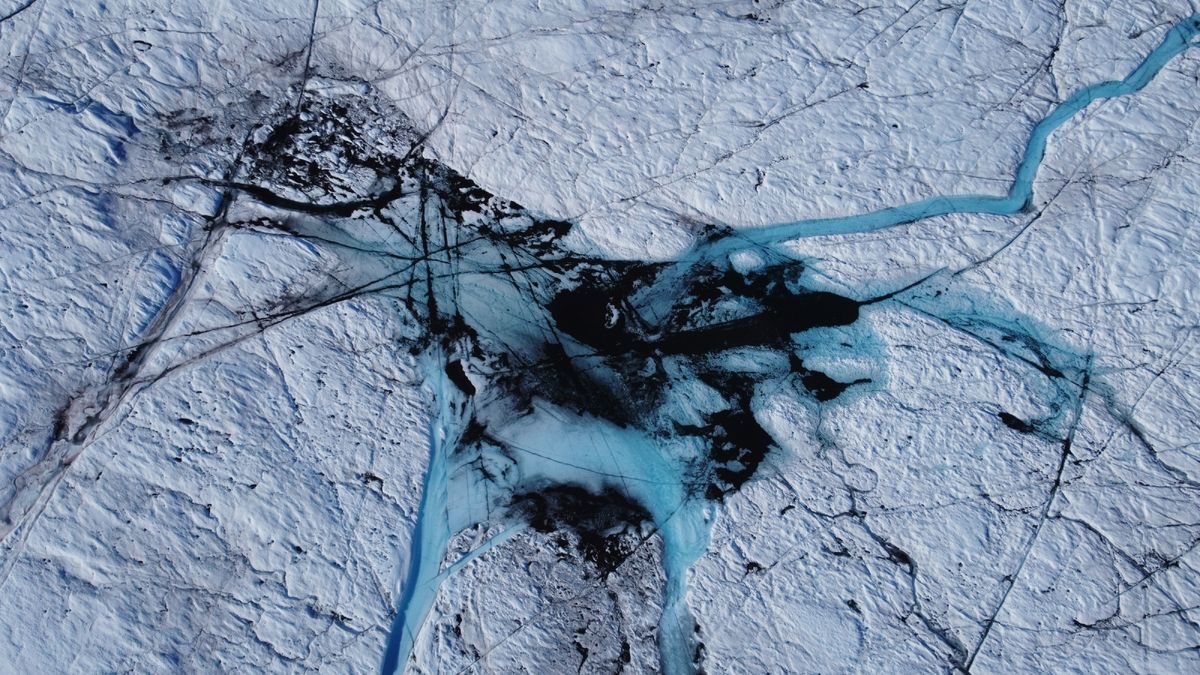The giant viruses might infect algae that are increasing Greenland’s ice melt. These viruses could help kill off the damaging algal blooms, helping to reduce some of the impacts of climate change.
Or it’s an extraterrestrial plot to take over the world. I’ve seen the x files and I’m scared.
That liver eating thing below the escalators was worse though.
“Living”?
“How giant are we talking?”
“Help me wrangle this one, Ensign!”

Giant viruses good!
The giant viruses, which can be up to around 1,500 times larger than regular viruses, might be attacking microscopic algae that turn Greenland’s ice a darker color and cause it to melt faster.
Which is how big? They could have told us.
According to the paper this article is based on, the family of viruses they study, called NCLDV (for NucleoCytoplasmic Large DNA Viruses), are about 1 μm in diameter, which would indeed put them up there with the largest viruses like Pandoravirus or Pithovirus, which are also around the micrometer mark, and I believe are also part of the NCLDV phylum.
Those viruses are about the size of a bacterium. In fact they are so large that they weren’t immediately identified as viruses. Here’s something to give you a sense of the size of common viruses :

However, I don’t know how they come up with that 1500x factor (which doesn’t appear in the source paper), since in size, it’s more like 10x bigger than your average virus (~100nm). Even considering genome size, common viruses genomes are about 10 kb or so, wheras Pandoravirus is the biggest at 2.5Mb. So that would be closer to a 250x factor at best.
For reference, SARS-CoV2 (of COVID-19 fame) is about 100nm in diameter and has a genome size of 30kb.
Perhaps the 1500 number is talking about DNA complexity? I’m no virologist, but as I understand it most “normal” viruses have extremely short DNA strands. Perhaps this one is so big because it’s more complex DNA
Nope, I looked at DNA length, that’s what the kb or Mb in my previous post is about. Kb stands for kilobases, each base or nucleotide being one of those A, T, C and G that constitute DNA. Biologists mesure the size of a genome by counting these bases. Average size for a virus is around 10,000 bases or 10kb (sources say 7-20kb) and they don’t get much smaller than 3.5kb.





